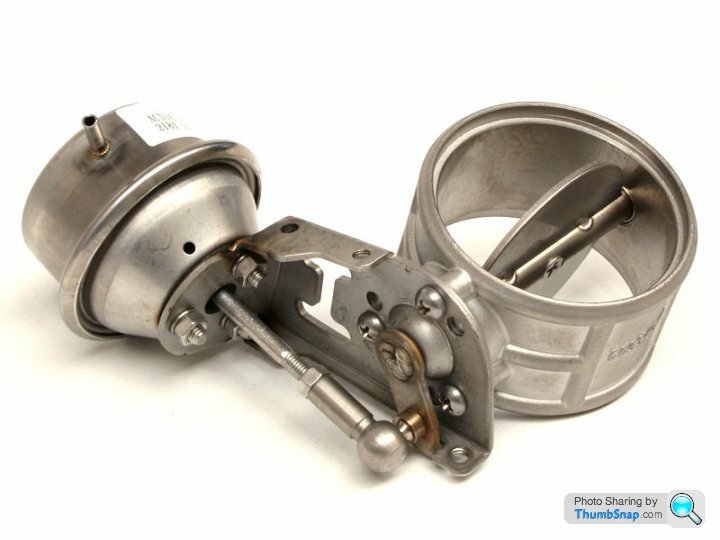Valved exhaust and false cat
Discussion
Mini also used a Bluetooth valve to open a straight through section that bypassed the rear silencer, but obviously it was positioned at the rear silencer. Gave a good increase in noise when wanted.
Issue you have with a similar valve to bypass the cat is
1. Cats idealy need to be as close to the exhaust ports as possible, to retain heat and work efficiently.
2 V8 engine layout (for example) makes this tricky to accomplish, maybe a cat positioned just after the Y section, with a bypass section may work, S6 engines may be easier to convert, but depending on space /fitment.
Be nice to have.
Issue you have with a similar valve to bypass the cat is
1. Cats idealy need to be as close to the exhaust ports as possible, to retain heat and work efficiently.
2 V8 engine layout (for example) makes this tricky to accomplish, maybe a cat positioned just after the Y section, with a bypass section may work, S6 engines may be easier to convert, but depending on space /fitment.
Be nice to have.
An original equipment exhaust fitting used on Aston Martin models involves valves. It does not divert exhaust gas past a catalytic converter though (they would not be allowed to do that), but past the silencer.
There are two valves (each bank of cylinders), which are simply either open (straight through) or closed (pass through the silencer).
That alone would not meet the homologation noise rules tests, therefore there has to be a subtle factory adjustment as follows.
0 to 1500 rpm ..................... Open
1500 to about 4000rpm ..... Closed
Above 4000 rpm ................. Open
Once a car has left the new car dealer, it is up to owners what they want to do. _

As you can see, quite small units. Try to find another car they are used on though. They will be cheaper.

Jon39 said:
An original equipment exhaust fitting used on Aston Martin models involves valves. It does not divert exhaust gas past a catalytic converter though (they would not be allowed to do that), but past the silencer.
There are two valves (each bank of cylinders), which are simply either open (straight through) or closed (pass through the silencer).
That alone would not meet the homologation noise rules tests, therefore there has to be a subtle factory adjustment as follows.
0 to 1500 rpm ..................... Open
1500 to about 4000rpm ..... Closed
Above 4000 rpm ................. Open
Once a car has left the new car dealer, it is up to owners what they want to do. _

As you can see, quite small units. Try to find another car they are used on though. They will be cheaper.

N.
m4tti said:
If you run something like Syvecs, you can have multiple maps, one being an “MOT” map, that will pass emissions.
You can do what you want on the noise front then.
This doesn't physically bypass the restriction of the cat though, the exhaust gas is still going through it... You can do what you want on the noise front then.
Belle427 said:
The Yanks use a lot an electrical valve linked to a switch in the cab which opens the exhaust up.
Maybe this is an option.
Was at a track day mid-September. Chap had a '19 plate Corvette with this arrangement.Maybe this is an option.
In the paddock after a session, this valve was really "rattling" as engine idled to cool down. Sounded like a bag of spanners.
Nick
Dominic TVRetto said:
m4tti said:
If you run something like Syvecs, you can have multiple maps, one being an “MOT” map, that will pass emissions.
You can do what you want on the noise front then.
This doesn't physically bypass the restriction of the cat though, the exhaust gas is still going through it... You can do what you want on the noise front then.
Gassing Station | General TVR Stuff & Gossip | Top of Page | What's New | My Stuff




 hin rides use zoomies - you can buy them from their website, if you install these pre cat will that give you the same result?
hin rides use zoomies - you can buy them from their website, if you install these pre cat will that give you the same result?

